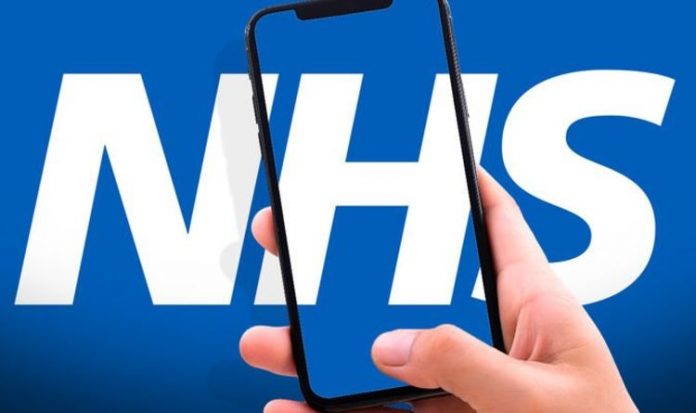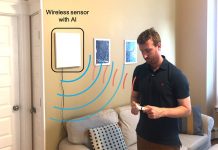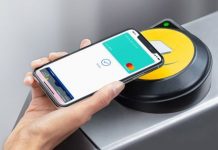A number of iPhone owners have reported issues launching the NHS COVID-19 app, which is designed to keep tabs on your location – and let you know whenever you’ve been in close proximity with someone who has since tested positive for the virus. The glitch sees the iPhone app freeze on the loading screen, which appears bright blue with the NHS logo. Reports of problems accessing the app started to surface last week, but have really spiralled in recent days.
NHS Test and Trace has responded to the growing number of reports, publishing a workaround to help solve the glitch. If you own an iPhone and have experienced difficulty loading the COVID-19 app, the team behind the app advises users to check whether they’re running the latest version of iOS – the Apple-designed operating system for iPhone.
To do that, launch the Settings app, then navigate to General > Software Update. Your iPhone will then check to see whether there is a new version of the operating system. If you’re already running the latest update, your iPhone will tell you that “you’re up to date”. If not, download and install the latest iOS update.
If that doesn’t fix your problem, the guidance says to reset Location and Privacy in Settings.
And that’s it. NHS Test and Trace hasn’t offered a detailed explanation about why the issue is cropping up for users. It hasn’t offered a timeline for a permanent fix. Apple has stated that the issue isn’t its fault, since a number of test and trace applications used in other countries powered by the same technology continue to run smoothly on iPhone.
Some users who recently bought an iPhone 12 and transferred their data to the new handset have also reported issues with the NHS COVID-19 app.
“After installing the update the app will no longer open on my phone, it just gets stuck on the loading screen with the NHS logo,” one user claimed.
Responding to these reports across social media, the official Twitter account for the NHS COVID-19 app adds: “If you’ve recently upgraded to an iPhone 12 and are seeing an error with the NHS COVID-19 app, you may need to manually turn on Exposure Notifications in your settings.”
Other iPhone owners who have experienced the same issue have reported that deleting and reinstalling the app seems to solve the issue.
The Department of Health and Social Care said it was aware of the issues being reported by iPhone owners.
MORE LIKE THIS
EE has extended its free unlimited data offer for select customers
It said in a statement: “The app is still scanning, even if the screen appears blue. There are simple steps iPhone users can take to resolve this issue, which are set out on the app’s website, and work is underway to identify the cause. Users experiencing this issue should make sure their Apple iOS is updated to the latest version of the software.”
Earlier this month, an error with the NHS COVID app left tens of thousands of iPhone and Android users unaware they had been exposed to people who tested positive for coronavirus and needed to self-isolate to prevent the spread of the virus.
The NHS COVID-19 app uses Bluetooth to track time and distances between smartphones. If someone who has been in close contact with you for a prolonged period of time tests positive, your smartphone app will let you know that you might be at risk. The team behind the app has created a “risk-scoring algorithm” designed to work out whether there’s a reasonable chance that you might’ve picked up the virus.
There’s not much detail about how exactly the risk-scoring algorithm works, however, it’s clear that prolonged contact with someone who has the virus increases the risk of transmission. Other factors – like whether you’re indoors, or in a park – could also determine the likeliness that you’ll contract COVID-19.
If NHS determines that you need to self-isolate because of a high risk of exposure, it says that the NHS COVID-19 app will send you an alert that states how long you’ll need to self-isolate. It will state that it has “detected that you have been in contact with someone who has coronavirus. Please stay at home and self-isolate to keep yourself and others safe”. Not only that, the app will provide a countdown timer. “When you reach the end of your self-isolation period, you will receive a notification with a link to the latest advice for you,” it clarified on Twitter following the confusion.
Apple and Google’s cross-platform solution is designed to preserve users’ privacy – while still allowing Android and iOS-powered smartphones to keep tabs on who you’ve been close to. The so-called Exposure Notification API uses Bluetooth Low Energy to determine whether – at some point during the last two weeks – you’ve passed someone who later tests positive for the novel coronavirus. All of this happens anonymously to restrict the amount of health and location data stored on iPhone and Android owners.




